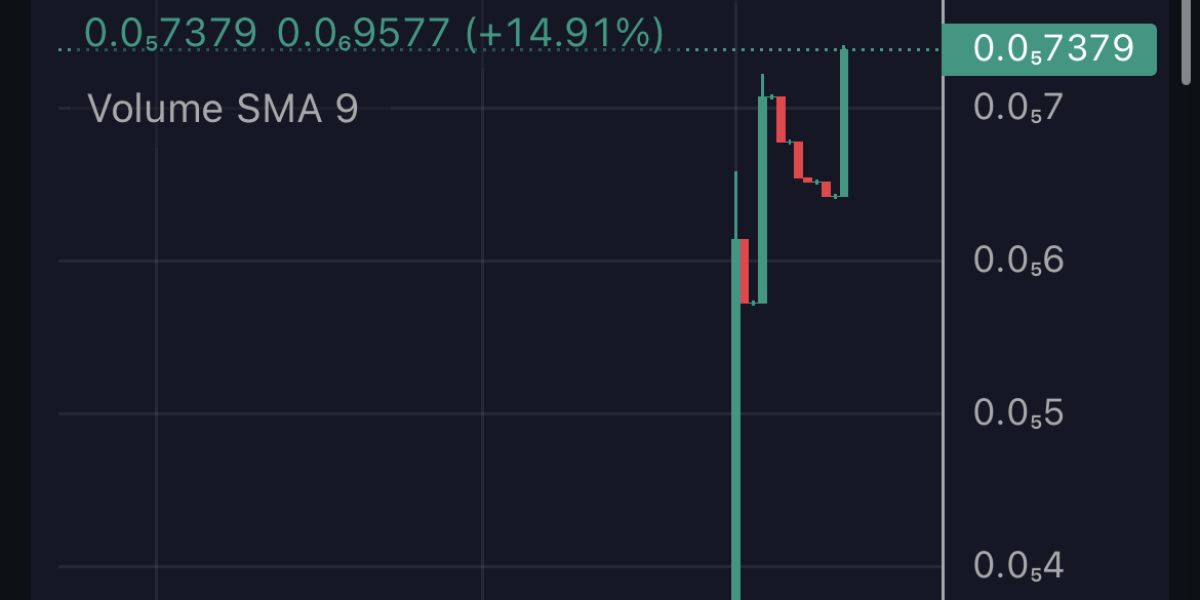In an era characterized by rapid technological advancement, protecting intellectual property (IP) has become an increasingly complex challenge for businesses. As the threat landscape expands and diversifies, cyberattacks targeting IP have become more sophisticated and pervasive. This article explores the evolving nature of IP protection in 2024 and beyond, highlighting the value of intellectual assets and the need for robust cybersecurity measures.
The value of intellectual property
Intellectual property encompasses a wide range of assets, from innovative inventions to custom code developed for digital applications and services. Traditionally, businesses have relied on patents, trademarks, and copyright protections to safeguard their IP. However, the digital realm has introduced new challenges to these conventional safeguards.
Moreover, the emergence of non-fungible tokens (NFTs) has introduced unique digital assets with a digital signature, further complicating the IP landscape. Additionally, the integration of augmented reality (AR) and virtual reality (VR) technologies blurs the line between physical and digital IP, raising questions about ownership and jurisdiction.
The role of hacking in IP theft
As cyber threats evolve, businesses face a growing risk of IP theft. According to Sophos, ransomware attacks, compromised credentials, and exploited vulnerabilities are among the leading causes of data breaches. To combat these threats, organizations must enhance their cybersecurity defenses and increase the level of difficulty for potential attackers.
John Shier, Field Chief Technology Officer at Sophos, emphasizes the importance of creating friction for attackers through robust, layered defenses. By implementing comprehensive security measures, organizations can deter less skilled attackers, prompting them to seek easier targets.
Insider threat in a critical vulnerability
One of the most common vulnerabilities in IP protection is the organization’s workforce. Employees, whether unintentionally or maliciously, can provide threat actors with initial access to an organization’s environment, which can then be exploited for IP exfiltration. Protecting against insider threats is crucial in safeguarding IP assets.
Ali Vaziri, a partner at the law firm Lewis Silkin, underscores the significance of addressing insider threats. He emphasizes the need for organizations to educate and train their employees to be vigilant and aware of potential IP risks.
Generative AI and IP challenges
The rise of generative AI (GenAI), exemplified by technologies like ChatGPT, poses new challenges to IP protection. AI systems can be used to monitor potential patent infringements, but tensions arise concerning permissions and content consumption.
Ben Travers, a partner at Knights, highlights the conflict between IP holders and AI systems, which often consume data without necessary permissions. Additionally, employees uploading IP to AI tools inadvertently risk making content public, raising concerns about data privacy and ownership.
Generative AI services, while enabling the creation of vast amounts of content, raise questions about copyright ownership. The Copyright Licensing Agency (CLA) reports that many businesses and individuals in creative industries are not adequately compensated for their work generated by AI systems.
Mat Pfleger, CEO at CLA, points out the ethical concerns surrounding generative AI, as a significant percentage of people believe that it uses work without permission or payment. This ethical dilemma creates uncertainty about IP protection and copyright in the digital age.
Proactive strategies for IP protection
To protect IP effectively, organizations must adopt a multi-layered approach. Educating employees about IP copyright and confidentiality is paramount, emphasizing the importance of IP protection within the organization.
Kamran Maqbool, CEO of Green Cloud Hosting, stresses the need to create a culture of awareness and education regarding IP. Strict confidentiality and non-disclosure agreements can help employees understand the sensitivity of company information.
As IP protection becomes increasingly challenging, technologies like blockchain and distributed ledger systems offer new avenues for securing digital assets. The decentralized and tamper-resistant nature of blockchain makes it an ideal solution for recording and verifying ownership of digital assets, potentially revolutionizing IP protection.







